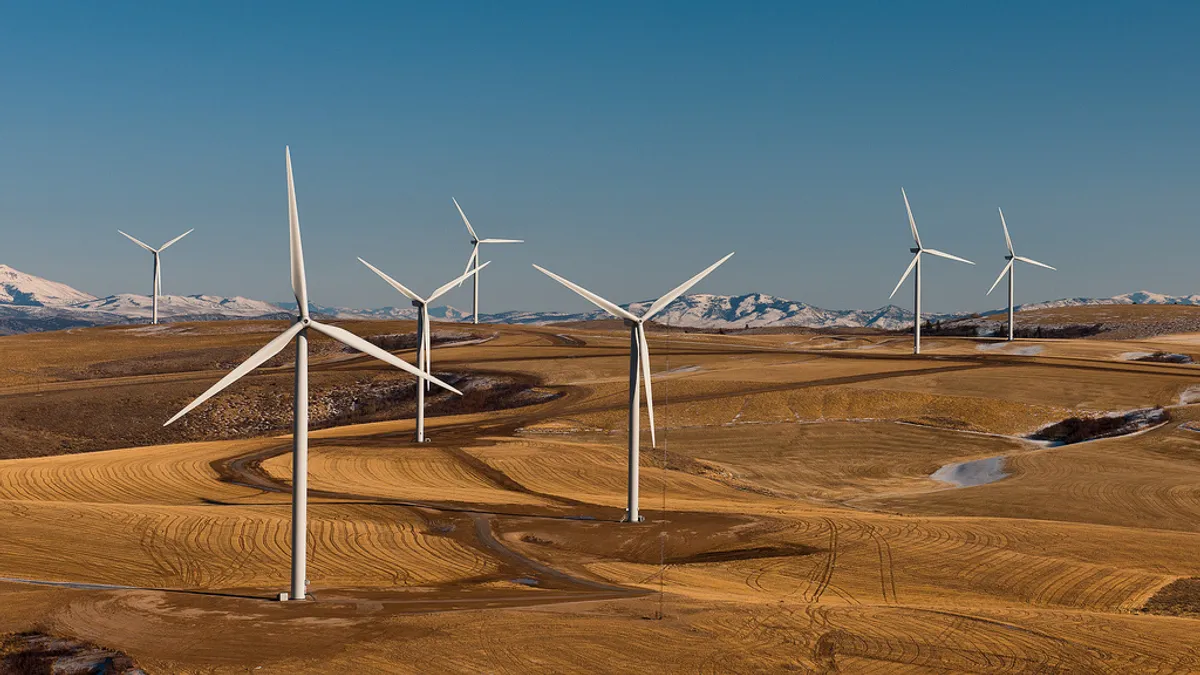Dive Brief:
- The U.S. Internal Revenue Service (IRS) this week increased the production tax credit for wind power sold this year, to $0.024/kWh, up slightly from $0.023/kWh.
- Congress struck a deal in 2015 to extend the wind credit through 2020, with a gradual decline beginning this year. The IRS increase, announced April 12 in the Federal Register, accounts for inflation.
- The credit will decrease to 80% of the PTC value for projects that start construction in 2017, and decline thereafter. According to North American Wind Power, if a project begins construction and is completed this year, it would be eligible for a PTC of $0.192kWh.
Dive Insight:
Despite President Trump's pledge to roll back regulations and incentivize fossil fuel production, tax credits for solar and wind production are expected to remain untouched — at least in part because it would take time to undo them, and the credits are slated to roll off the board within a few years anyway.
The PTC is expiring by 2020 and a solar investment tax credit will drop to 10% of a project's cost in 2021, down from 30% today.
In the meantime, the IRS is continuing to make changes to the wind incentives based on inflation, and projects got a slight boost this week. Tax Equity Times notes that other forms of energy production, like open-loop biomass, small irrigation power, and hydrokinetic facilities, will see their production tax credit remain at $0.012/kWh.
The tax extensions, agreed to two years ago, were championed by Congressional Democrats who secured their place in exchange for lifting a ban on crude exports.
The IRS also noted that for calendar year 2017, the credit period for Indian coal production has expired.
















